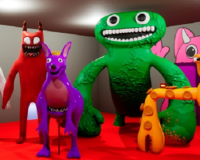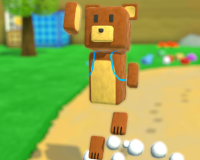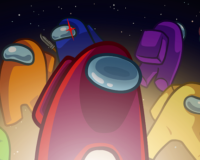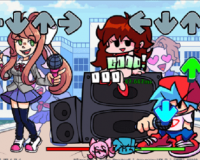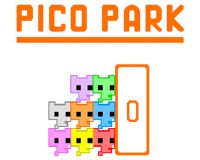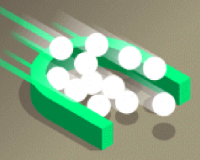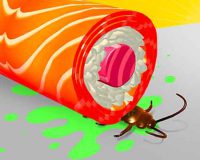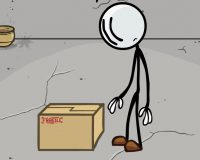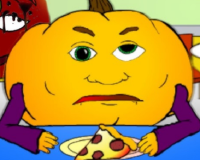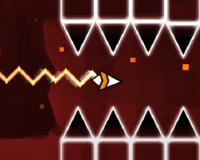
Advertisement
To Eat a God
To Eat a God opens with a puppet awakening in a structured and silent world called the Garden. It is not a natural environment but a carefully arranged system where every movement has a rule and every rule has a watcher. The puppet enters without memory, surrounded by others that act according to predetermined codes. The Garden functions as both religion and machine: its rituals ensure control, its language maintains obedience. The player’s task is to learn how to exist within these constraints while slowly realizing that the system itself feeds on devotion.
The Function of Worship
Worship in the Garden is not spiritual. It is mechanical—a behavior rather than a feeling. The puppet imitates gestures, repeats words, and fulfills commands issued by the seven Symbols, abstract entities that define every aspect of life. The Garden sustains itself through repetition; its peace depends on compliance. Yet the more the puppet performs these acts, the more hollow they feel. The structure of the game reflects this paradox by making progress depend on precise obedience while rewarding curiosity that threatens to undo that obedience.
The Cycle of Performance
The world of To Eat a God is organized like a closed circuit, where every role feeds another. The player moves through sequences that repeat with slight changes, building a sense of ritual fatigue. The puppet begins to notice irregularities—delays in the cycles, whispers from other puppets who hesitate, moments when the Garden fails to respond. These cracks form the core of the game’s design.
The essential rules can be reduced to a set of observations:
- Every act of belief reinforces the system.
- Every act of defiance reveals its weakness.
- Silence can preserve or destroy order.
- Symbols exist only as long as they are worshiped.
- The puppet’s awareness determines the fate of the Garden.
These mechanics transform ritual into interaction and obedience into experimentation.
The Moment of Consumption
Eventually, the puppet is confronted with the central act implied by the title. To eat a god means to end separation between creator and creation. The Garden collapses because its logic cannot sustain self-awareness. The puppet consumes what once controlled it, absorbing knowledge, guilt, and divinity into one body. The process is neither victory nor liberation—it is continuation under new terms.
The Meaning of the End
When the cycle closes, the Garden no longer exists, yet its structure remains within the puppet. The game concludes with ambiguity: was the act of consumption rebellion or fulfillment of the system’s design? To Eat a God does not resolve the question. Instead, it leaves the player with a quiet realization that belief, once internalized, can never fully disappear. The god is gone, but its hunger remains.










